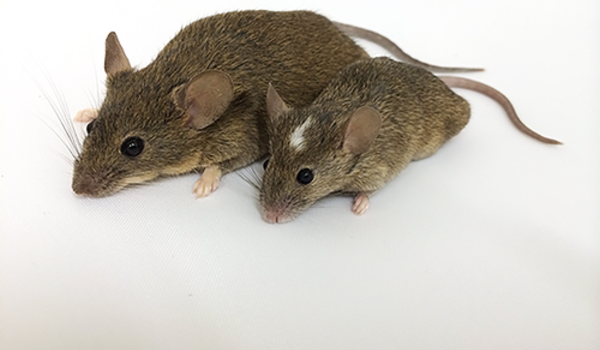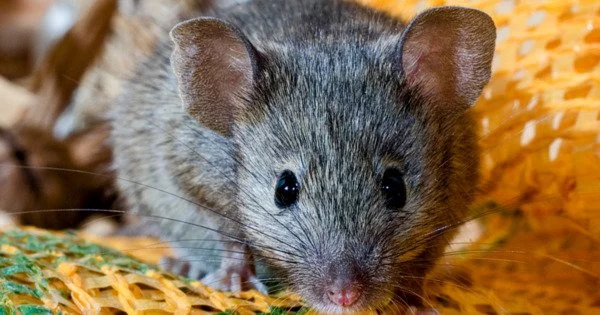A mouse is a little rodent with a pointed nose, a hairy spherical body, big ears, and a long, frequently hairless tail. There are hundreds of different kinds of mice, which are classified as either Old World or New World species. Common species include the deer mouse, house mouse, field mouse, wood mouse, dormouse, spiny mouse, and zebra mouse. Scientists have discovered the genetic structure and variety of the wild house mouse across Europe and Asia, as well as deduced its population history.
Though some people confuse mice with rats, they are truly different species of rodents. Rats are often larger than mice and might be hairless, scaly, or cylinder-shaped.
The most common rodent is the house mouse, Mus musculus, which may be found all around the world. While it is often regarded as a pest, it has also been domesticated as a pet mouse and research mouse. As a model animal, laboratory mice have proved important in medical and genetics research, and have been subjected to extensive research, including genome sequencing. The wild house mouse, on the other hand, has not received the same level of attention.
A team of researchers led by Associate Professor Naoki Osada of Hokkaido University examined whole genome sequences of wild house mice from Europe and Asia, with an emphasis on East, Southeast, and South Asia. Their findings, which were published in the journal Genome Biology and Evolution, will help future medicinal and evolutionary study.
The scientists sequenced the entire genomes of 98 wild house mice. The researchers next examined the entire genome sequences of 121 wild house mice. They discovered that wild house mice have more genetic variety than humans. Furthermore, of the three subspecies, Castaneus exhibits the most variation.
Dr. Kazou Moriwaki
Prior research on wild house mice demonstrated that they are genetically varied. There are three main subspecies: M. musculus from northern Eurasia, M. m. castaneus from southern and southeast Asia, and M. m. domesticus from western Europe. Laboratory mouse inbred variants account for only a small proportion of the variety of the wild house mouse.
Mice are tough critters that may be found in practically any region and environment. They may easily exist in forests, meadows, and man-made constructions. Mice that live in the wild usually dig a tunnel underground. Their burrow shields them from predators. Cats, birds, wild dogs, and foxes are their natural predators.

Mice are nocturnal, which means they prefer to sleep throughout the day. This is why you may hear pet mice or house mice playing or foraging late at night. Most wild mice are afraid of humans and other animals, but they are extremely gregarious with their peers. Domestic mice are quite sociable to humans and make excellent pets for older children and adults.
The scientists sequenced the entire genomes of 98 wild house mice collected by Dr. Kazou Moriwaki of Japan’s National Institute of Genetics for this work. The researchers next examined the entire genome sequences of 121 wild house mice. They discovered that wild house mice have more genetic variety than humans. Furthermore, of the three subspecies, Castaneus exhibits the most variation. The highest levels of interbreeding between the castaneus and musculus subspecies were found in samples from Japan and China.
The team also rebuilt the three subspecies’ demographic histories. They estimated that the three subspecies diverged 187,000-247,000 years ago, with the castaneus and musculus split being the most recent. They also deduced that the dosmesticus and musculus subspecies experienced recent population bottlenecks and expansions, which were most likely related to the introduction of agriculture.
This study demonstrates the genetic variety of wild house mice across East, Southeast, and South Asia, which was previously unknown. They discovered that the extent and geographic range of interbreeding between the subspecies was more than previously anticipated, and that it most likely occurred after their coexistence with humans. This will considerably improve our understanding of mouse models.
“Because the lab mouse was developed from wild house mice, our research lays the path for a much better understanding of mouse models,” explains Naoki Osada.
















